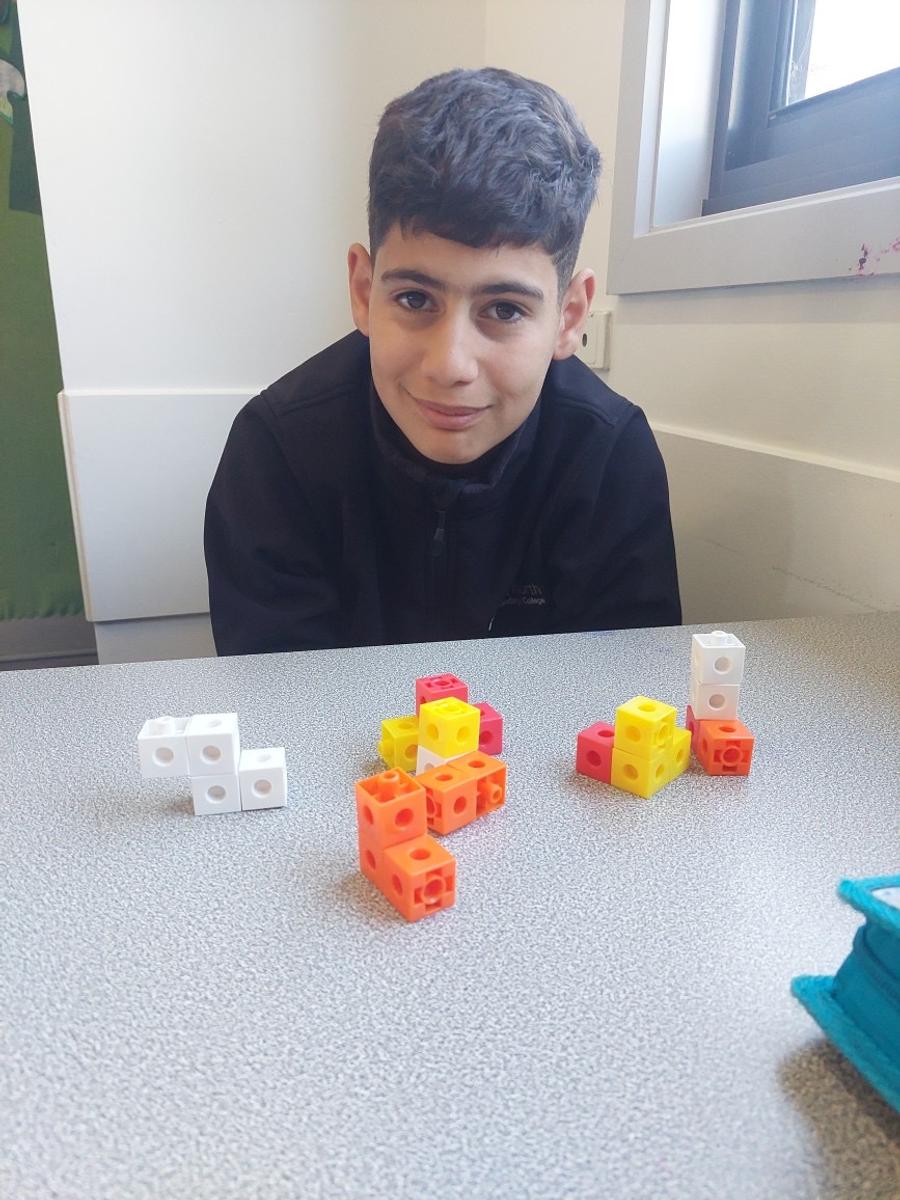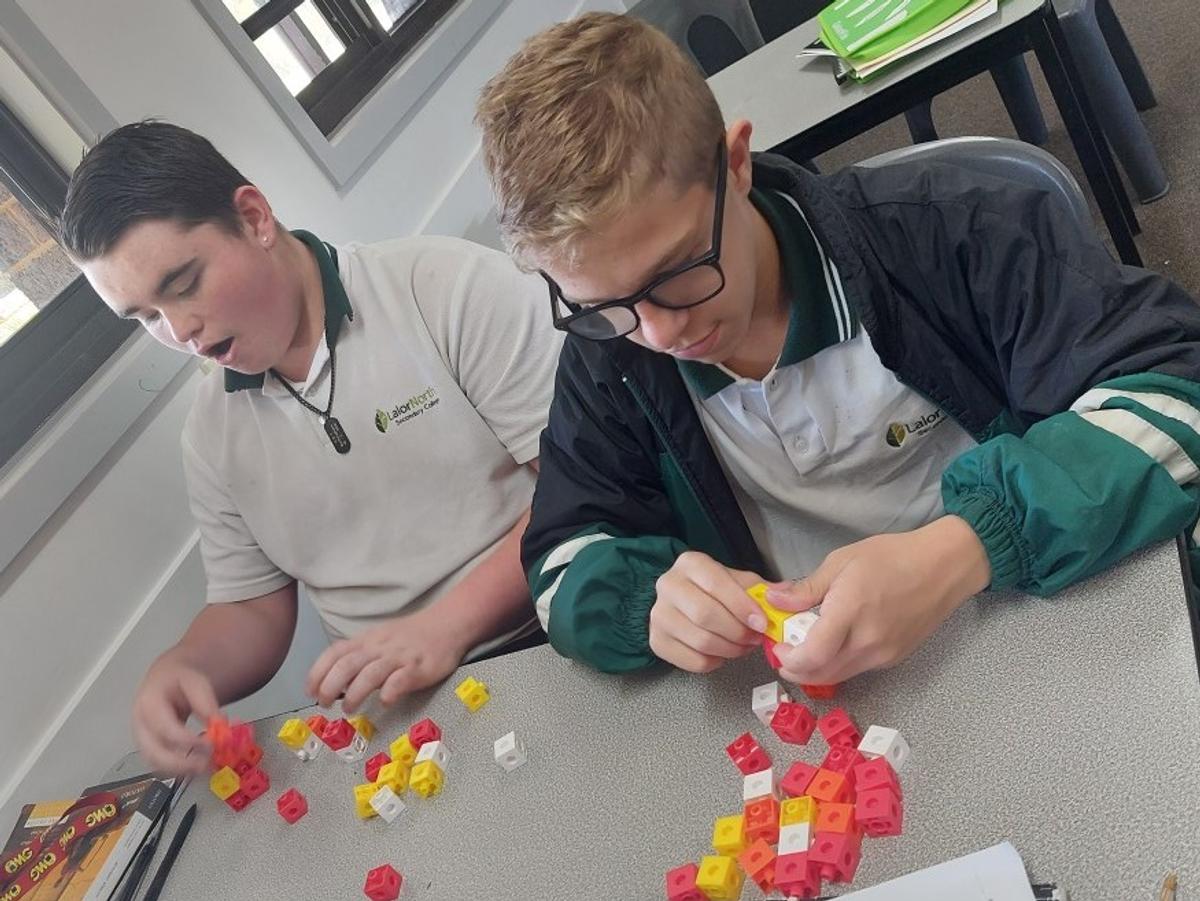You know it Adds UP!
Learning to love maths in so many different ways.

You know it Adds UP!
Learning to love maths in so many different ways.
In a bustling Year 7 classroom, Ms. Cheale ignited her students' curiosity about maths by sharing tales of legendary mathematicians. She began with Pythagoras, whose theorem fascinated the class with its applications in geometry.
Ada Lovelace's visionary work in computer programming captivated their imaginations, showing how her algorithms laid the groundwork for today's technology. Ms. Cheale then unveiled Emmy Noether's theorem, linking symmetries in nature to fundamental laws in physics, inspiring awe in her students.
Throughout the year, the class delved into the achievements of Euler, Gauss, Sophie Germain, and more, recognizing their perseverance and innovation. Projects at the Year 7 Maths Poster competition showed Pythagorean images and Ada-inspired algorithms.
As the competition concluded, Ms. Cheale beamed with pride. Her students not only mastered maths but also embraced the creativity and perseverance of these mathematicians. They discovered that math wasn't just about numbers but a journey of diverse ideas shaping our world.
Ms. Cheale's class had learned that passion and determination, as seen in these mathematicians, were the keys to unlocking the infinite possibilities within mathematics.
At the end of the school year, during the Year 7 Maths Poster Competition, the students presented their projects inspired by these mathematicians. Some created posters demonstrating Pythagoras' theorem, while others showcased algorithms akin to Ada Lovelace's pioneering work.
As the exhibition concluded, Ms. Cheale smiled proudly, witnessing her students' newfound appreciation for mathematics and the profound impact these mathematicians had on shaping the world. The Year 7 class had not only learned about numbers but had also discovered the transformative power of passion, perseverance, and the boundless possibilities within the realm of mathematics.










In Maths this semester the year 7’s undertook a project of the famous solid dissection puzzle known as the Soma cube. They began with investigating all the possible blocks that could be made with four or less cubes based on the set rules given to them. This proven challenging but satisfying once each student discovered which orientations worked. When all possibilities were found should then started on creating their own Soma Cube puzzle, the challenge to follow was to place each block in a way that they would build a 3x3 cube! With over 240 different ways to solve this it was addictive and frustrating at times.
Dorothy Cheale









